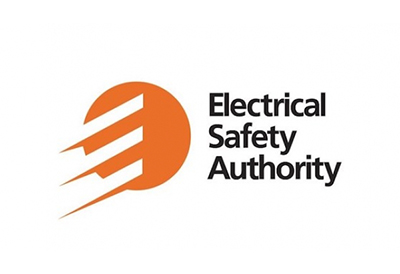Recycling End-of-Life Lighting in Ontario as of 2023

March 31, 2023
As of January 1, 2023 lighting producers have new “extended producer responsibility” obligations in Ontario for the end-of-life management of lighting under Ontario Regulation 522/20: Electrical and Electronic Equipment (the “EEE Regulation”). This includes both end-of-life residential and commercial lighting, generated in Ontario.

Product Care Recycling is a not-for-profit organization registered as a “Producer Responsibility Organization” (PRO) for lighting under the EEE Regulation, and currently operating an Ontario end-of-life lighting products management system, as required under the EEE Regulation, on behalf of its producer members.
Compliance with End-of-Life Recycling
The compliance requirements of the EEE Regulation include the establishment and operation of a “no charge to drop off” network for the collection and recycling of lighting products across Ontario. Product Care Recycling partners with distributors and retailers to provide this value-added service, at no cost to the customer/consumer or to the store. Product Care Recycling continues to expand the lighting collection system and add locations. If you would like more information about the benefits of participating as a collection site, contact Product Care at ontario@productcare.org.
The Product Care Recycling program also provides a direct pickup and recycling service for commercial volumes (minimum of 1 full skid) of end-of-life lighting, such as lighting from a re-lamping or construction project.
More Information
For more information and eligibility requirements, visit: Recycle Commercial Volumes of Lights in Ontario – Product Care Recycling.
Related Story
EFC Scholarships for Atlantic Canada 2023
If you’re a post-secondary student who is pursuing a career in Electrical Engineering, Electrical Technologist/Technician, Industrial Distribution, Sales, Marketing, Finance, Human Resources, Supply Chain/Operations, Logistics, Data Analytics Management or Information Technology – then consider a career in an industry that is committed to a safer, more environmentally-sustainable future for Canadians.

















